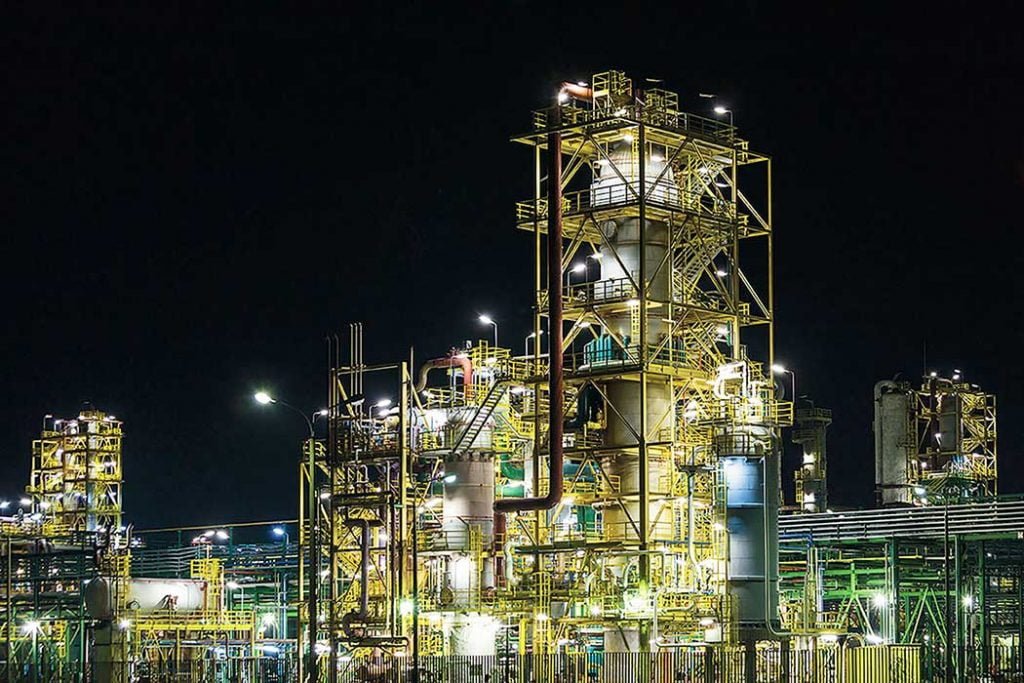Ammonium Sulfate Production
Ammonium sulfate is effective and useful for improving alkaline soils in order to prevent their pH from increasing. Ammonium sulfate has a high percentage of nitrogen compared to other nitrogen products. Nitrogen consumption is necessary for vegetative growth in all plants, and in some trees, it accelerates flowering, and fruiting and increases the weight of the product. Urea fertilizer with 46% nitrogen is much richer than ammonium sulfate fertilizer with 21% nitrogen. But the problem of leaching and evaporation has caused a lot of usable nitrogen to be wasted in urea fertilizer. Ammonium fertilizer is much more suitable for alkaline and calcareous lands of Iran than urea fertilizer, because urea fertilizer decomposes into carbon dioxide and ammonia in the soil, and ammonia evaporates when exposed to sunlight and is removed from the reach of the plant.

The average global consumption of fertilizer is 137 kg per hectare. While this figure for Iran is 83 kg per hectare. These estimates of fertilizer in the country also indicate the need for growth and an increase in the consumption of fertilizers in the agricultural sector.
Most of the ammonium fertilizer in Iran is imported and the demand for this chemical is increasing. The abundance of raw materials for the production of ammonium sulfate, including the huge amount of ammonia produced in the country’s petrochemical units, as well as the production of large amounts of sulfur in gas refineries and the possibility of converting it into concentrated sulfuric acid as one of the raw materials for the production of ammonium sulfate, are other signs of the profitability of ammonium sulfate production.
Expert design and R&D departments make us capable of executing various industrial projects from idea to implementation.
ARAMICO